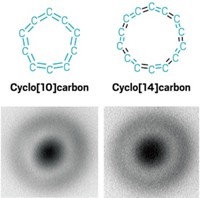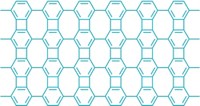Advertisement
Grab your lab coat. Let's get started
Welcome!
Welcome!
Create an account below to get 6 C&EN articles per month, receive newsletters and more - all free.
It seems this is your first time logging in online. Please enter the following information to continue.
As an ACS member you automatically get access to this site. All we need is few more details to create your reading experience.
Not you? Sign in with a different account.
Not you? Sign in with a different account.
ERROR 1
ERROR 1
ERROR 2
ERROR 2
ERROR 2
ERROR 2
ERROR 2
Password and Confirm password must match.
If you have an ACS member number, please enter it here so we can link this account to your membership. (optional)
ERROR 2
ACS values your privacy. By submitting your information, you are gaining access to C&EN and subscribing to our weekly newsletter. We use the information you provide to make your reading experience better, and we will never sell your data to third party members.
Physical Chemistry
STM And AFM Zoom In On Aryne Structure
Microscopy: Study helps resolve long-standing uncertainty about the primary resonance structure of triple-bonded aromatics
by Stu Borman
July 20, 2015
| A version of this story appeared in
Volume 93, Issue 29
Researchers have captured the first-ever images of arynes, intermediates whose high reactivity and often fleeting existence make them difficult to characterize. Arynes are obtained from benzene and other arenes by removing two hydrogen atoms or substituents from the ring. Niko Pavliček of IBM Research in Zurich; Diego Peña Gil of the University of Santiago de Compostela, in Spain; and coworkers used low-temperature scanning tunneling microscopy and atomic force microscopy to characterize and image individual polycyclic ortho-aryne molecules they generated on ultrathin insulating films (Nat. Chem. 2015, DOI: 10.1038/nchem.2300). The study helps resolve debate and uncertainty about the electronic structure of arynes—whether they are best represented as alkynes with one arene double bond replaced by a triple bond or as cumulenes with three consecutive double bonds. The team’s evaluation of AFM-imaged bond lengths shows that cumulene resonance structures are dominant under the experimental conditions used. The finding could aid syntheses of polycyclic compounds and modifications of graphene sheets and carbon nanotubes, which are processes that can be carried out with reactions involving aryne intermediates.





Join the conversation
Contact the reporter
Submit a Letter to the Editor for publication
Engage with us on Twitter